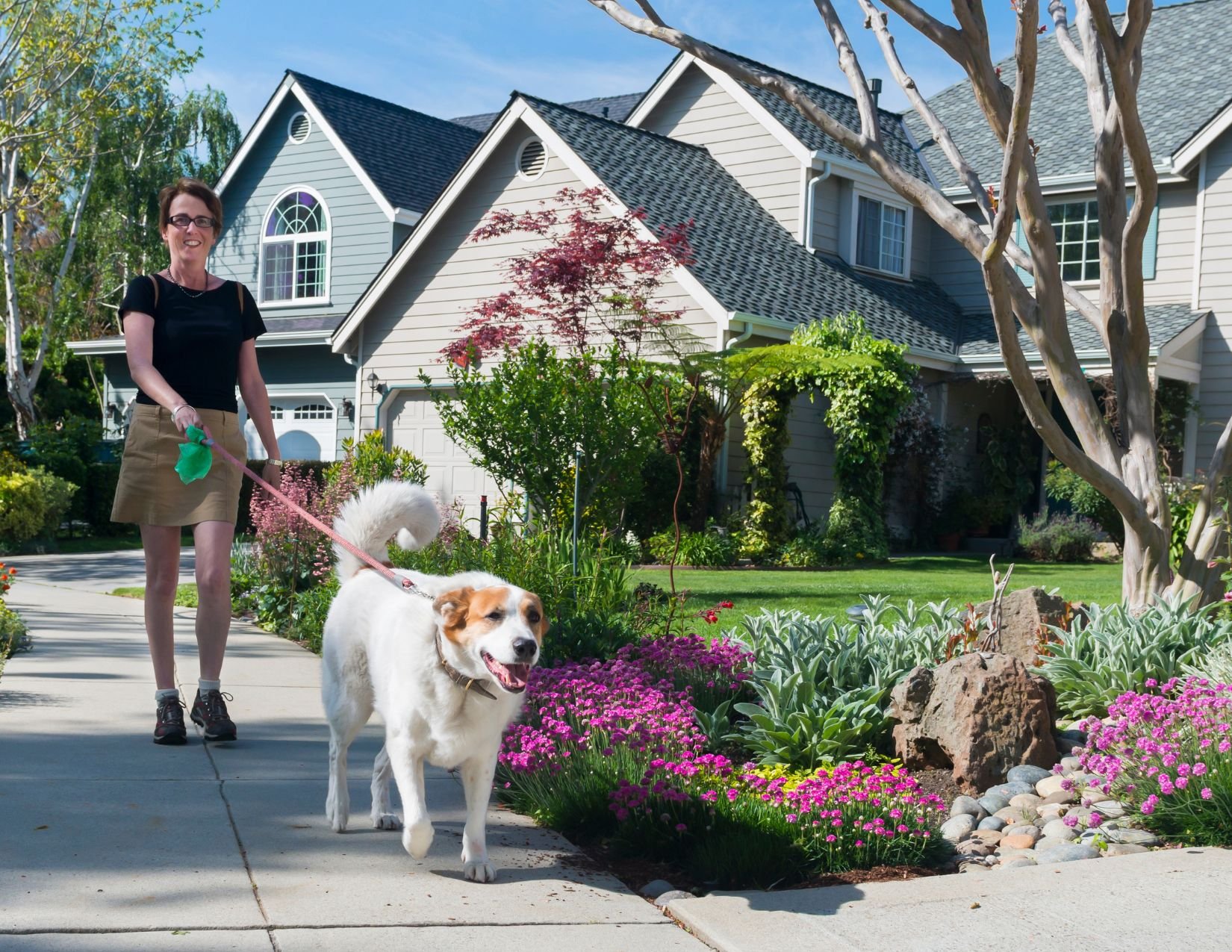Discover the importance of Walk Score and how it can impact your daily life. Dive into the definition and key components of this valuable measure.

The Importance of Walk Score
Walk Score is a measure that assesses the walkability of a neighborhood or location. It provides a numerical score between 0 and 100, indicating how easy it is to live a car-free lifestyle in that area. A high Walk Score means that daily errands, such as grocery shopping, dining out, and accessing public transportation, can be accomplished on foot.
Living in a neighborhood with a high Walk Score has numerous benefits. It promotes a healthier lifestyle by encouraging regular physical activity and reducing the reliance on cars. It also helps to reduce traffic congestion and air pollution, making the area more environmentally friendly. Additionally, a high Walk Score is often associated with increased property values, as many people prefer the convenience of walkable neighborhoods.
How is Walk Score Calculated?
Walk Score is calculated using a proprietary algorithm developed by Walk Score, a company that specializes in walkability assessments. The algorithm takes into account various factors that contribute to walkability, including the proximity of amenities such as grocery stores, restaurants, schools, and parks, as well as the availability and quality of sidewalks and pedestrian infrastructure.
The algorithm assigns points to each amenity based on its distance from the location being assessed. The closer an amenity is, the more points it receives. The points are then weighted based on their importance, and the final Walk Score is calculated.
The Benefits of a High Walk Score
Living in an area with a high Walk Score offers numerous benefits. Firstly, it promotes a healthier lifestyle by encouraging regular physical activity. Instead of relying on cars for every errand, residents can easily walk to nearby amenities, such as grocery stores, restaurants, and parks. This increased physical activity can lead to improved cardiovascular health and weight management.
Secondly, a high Walk Score reduces the reliance on cars, resulting in decreased traffic congestion and parking issues. This not only saves time but also reduces air pollution and greenhouse gas emissions, contributing to a cleaner and more sustainable environment. Additionally, walkable neighborhoods often have a stronger sense of community, as residents have more opportunities for social interactions while walking or biking.
Lastly, a high Walk Score is often associated with increased property values. Many homebuyers are willing to pay a premium for the convenience and quality of life that a walkable neighborhood offers. Therefore, investing in an area with a high Walk Score can be financially beneficial in the long run.
Factors Affecting Walk Score
Several factors influence the Walk Score of a neighborhood or location. The proximity and density of amenities play a significant role. Areas with a high concentration of grocery stores, restaurants, schools, parks, and other amenities tend to have higher Walk Scores. Additionally, the availability and quality of sidewalks and pedestrian infrastructure also impact the score. Well-maintained sidewalks, crosswalks, and pedestrian-friendly intersections contribute to a higher Walk Score.
Transportation options are another important factor. Neighborhoods with accessible public transportation, bike lanes, and bike-sharing programs tend to have higher Walk Scores. These options provide alternative modes of transportation and increase the walkability of an area.
Lastly, safety is a crucial consideration. Neighborhoods with low crime rates and well-lit streets are perceived as safer and more walkable, resulting in higher Walk Scores.
How to Improve Your Walk Score
If you live in an area with a low Walk Score but want to enjoy the benefits of a walkable neighborhood, there are several steps you can take to improve your score.
Firstly, focus on increasing the proximity and density of amenities. Support local businesses and advocate for the development of new amenities in your area. Encourage grocery stores, restaurants, and other essential services to open nearby.
Secondly, advocate for improvements in pedestrian infrastructure. Join community organizations or neighborhood associations that work towards creating safer and more walkable streets. Push for the installation and maintenance of sidewalks, crosswalks, and pedestrian-friendly features.
Thirdly, promote alternative transportation options. Advocate for improved public transportation services, bike lanes, and bike-sharing programs. Encourage your community to be more bike-friendly and walk-friendly.
Lastly, prioritize safety. Work with local law enforcement agencies to address safety concerns. Install or advocate for better street lighting, especially in areas with low visibility.
By taking these steps, you can contribute to improving the walkability of your neighborhood and increase its Walk Score.
